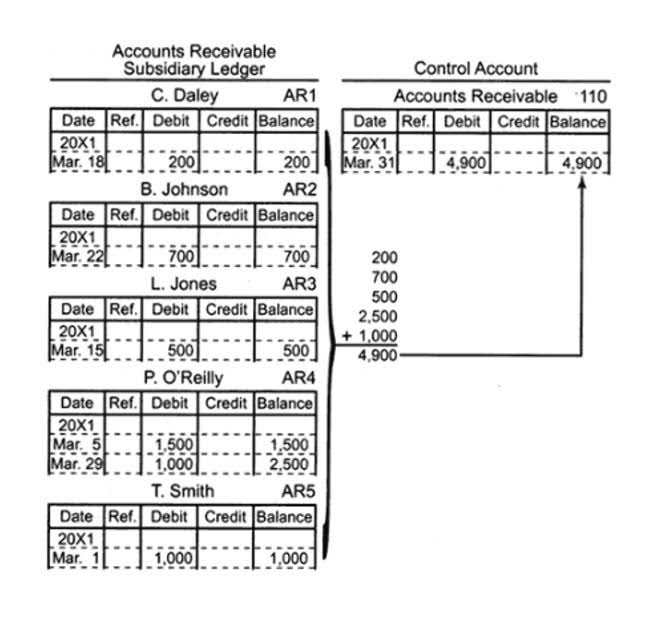The underlying mechanism of the cannabis-induced biphasic effect related to emesis is not clearly understood, but the literature supports the role of the brainstem and hypothalamic–pituitary–adrenal (HPA) axis. It could be a combination of these that produces the various clinical effects of cannabis. ECS affects nausea and vomiting pathways in multiple ways, as noted in Fig.
- It is also essential to study the public health implications of the legalization of cannabis in different states and its impact on healthcare utilization.
- Approximately 9% of individuals who use cannabis report dependence at some point in their use 5.
- 2.6 million Americans become new users each year; the majority of this group is under the age of 19 3.
About Medical News Today
Potential causes of CHS include influence on the activity of cannabinoid receptors, conversion of cannabis into emetic substances, or contamination with other toxins 36. Cannabis leads to upregulation of CB1 receptor activity in the hypothalamus, which enhances the hypothermic effects of THC. The effects of cannabis and its interactions on the various organ systems were elucidated further with the discovery of the endocannabinoid system (ECS) 1.
Top doctors in ,
It is essential to treat the underlying mood disorder to achieve cannabis discontinuation and CHS remission. The Hamilton Rating Scale for Anxiety is commonly used to assess anxiety, while the Zung Depression Inventory is employed to evaluate depression severity 99,100. Alternative TCAs such as nortriptyline and doxepin may be used when amitriptyline is not tolerated well, owing to its excessive sedative nature in certain patients. Nortriptyline and doxepin have fewer adverse effects and provide substantial therapeutic benefits. Doxepin is generally better tolerated and is started at a dose of 10 mg.
Physical, Emotional, and Social Effects of CHS
This complexity arises from the endocannabinoid system (ECS), a network of receptors and signaling molecules that regulates hunger, metabolism, and gut function. Through compounds like THC, CBD, and THCV, along with aromatic terpenes, cannabis can stimulate or suppress appetite, ease nausea, or support a healthy gut microbiome. If you use cannabis often and frequently experience vomiting and nausea, you should tell a healthcare professional.
- These approaches teach coping and problem-solving skills and promote the substitution of cannabis-related behaviors with healthier alternative behaviors 93.
- Therapy, support groups, and treatment programs can help you successfully quit.
- The HPA axis and sympathetic nervous system must balance their roles to mediate the stress.
Disorder but rather a manifestation of the gene–environment interaction in a rare genetic disease unmasked by a toxic reaction to excessive THC exposure 47. A recent study Omri Bar et al. showed 12 genes that were “Highly likely” (SCN4A, CACNA1A, CACNA1S, RYR2, TRAP1, MEFV) or “Likely” (SCN9A, TNFRSF1A, POLG, SCN10A, POGZ, TRPA1) to be CVS-related 48. As per this study, CVS is likely the result of a vicious cycle of elevated intracellular cations and mitochondrial dysfunction leading to cellular hyperexcitability 48. Indeed, with any syndrome that results in frequent vomiting, there is a concern for a disorder of electrolytes and fluid balance in the body.
This positions cannabis as a promising ally for conditions like nausea, IBS, and IBD. For those seeking natural health solutions, cannabis presents a versatile tool. It’s not just about late-night snacks; it’s about harnessing its therapeutic potential thoughtfully. Backed by recent research, like a 2020 review on CBD’s appetite modulation or a 2022 study on THCV’s metabolic benefits, this guide aims to empower you with knowledge for informed, health-conscious choices.
Throughout this phase, the patient maintains an average weight and returns to their baseline state 49. Psychological stress, such as post-traumatic stress disorder or a history of physical and sexual abuse, are potential triggers for disrupting the expected anti-emetic effects of THC. Though the precise mechanisms remain unclear, higher amounts of marijuana consumption, genetic influences, and psychological stress lead to intoxication and paradoxically promote vomiting. In older patients, especially those with hypertension, cardiovascular illnesses such as aortic pathology and atypical coronary artery syndromes may present as vague abdominal pain, nausea, and vomiting.
However, uncertainties remain about cannabis dosage, individual and genetic factors, the duration of abstinence, and the role of abdominal pain in its diagnosis. Multiple studies report pathological frequent and prolonged hot shower behaviors with CHS. Hot showers have been reported to assist in stabilizing the hypothalamic thermostat, frequently altered by chronic cannabis use 51. Accordingly, they have been reported as one of the therapeutic modalities for the management of the CHS. Further, these behaviors could also be noted in CVS, preadolescents, and adolescents https://ecosoberhouse.com/article/benzodiazepine-withdrawal-symptoms-timeline-and-treatment/ with no prior exposure to cannabis 8. These changes from hot bathing are probably not specific to CHS but can be seen across all functional nausea and vomiting disorders, including CVS, and are probably aggravated by cannabis use 9.
This article is opinion, written and medically reviewed by Hytiva’s Chief Science Officer, Robert Seik, PharmD, FMNM based on emerging medical research. It’s contents may be updated periodically to reflect new research from Hytiva and others, as well as the changing perspectives of the medical community. Specific examples are examples, hypothetical, or names are changed for patient anonymity.
The Pharmacist’s Role in Managing Postpartum Depression
Given the ubiquitous nature of the endocannabinoid system, dysregulation of its normal functioning can have dramatic and potentially adverse outcomes. Figure 1 presents a schematic representation of factors that may contribute to CHS. Changes in the endocannabinoid system may lead to alterations in other systems that have the Alcoholics Anonymous potential to promote nausea and vomiting. The impact of endocannabinoid system dysregulation on various neurobiological systems and their possible contribution to nausea and vomiting, and consequently CHS, are discussed in the following section. Compulsive hot showering or bathing may be critical in distinguishing CHS from CVS and other conditions with similar symptoms.
- Moreover, cannabis legalization has introduced higher-potency products to the market, which may be a significant factor contributing to the rising incidence of CHS.
- Some people with CHS may compulsively bathe in hot water for hours a day to find relief.
- Aprepitant can be considered as third-line management when Lorazepam or Haloperidol fails, owing to its efficacy in treating moderate to severe CVS.
- Common clinical findings include signs of dehydration, electrolyte imbalances, and ketonuria following episodes of severe nausea and vomiting.
- If you suspect you have CHS, seek guidance from a healthcare professional for the best care and support.
These chemicals can change the time it takes your stomach to empty food. As the laws regarding the possession and use of marijuana change, CHS may become more prevalent because more people will have legal access to the drug. As CHS is a new diagnosis, the manufacturers of these drugs did not design them for treating CHS, but a doctor may opt to prescribe them for this use. Doctors have a lack of knowledge of CHS, and this makes it hard to identify people with the condition. People often remain misdiagnosed for years, which delays treatment.
Check lab reports for cannabinoid and terpene profiles to align with your needs. Success lies in picking the right products, dosing wisely, and considering terpenes. Still “why some people seem to be vulnerable to this and not others really seems to be a mystery,” says D’Souza.



































